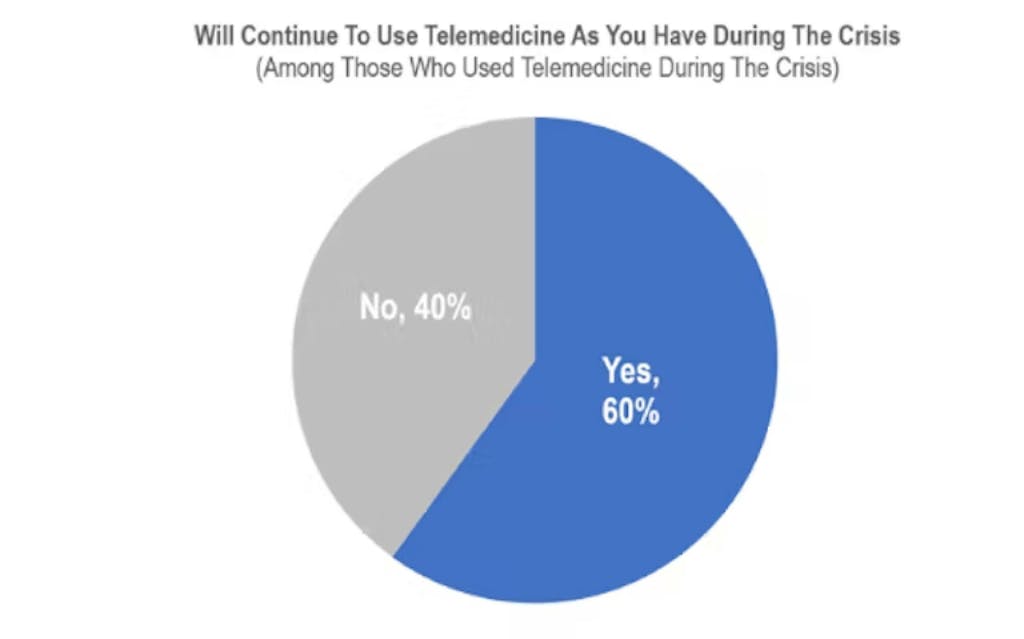The Ways We Have Adapted To The Coronavirus May Have Lasting Impacts In Ways You Would Not Expect
Every day we are trying new things and adopting new ways to do the same old things. In recent decades, technology has been leading us along, introducing new things to try, and we have evolved how we get daily tasks done. This steady progress was shot out of a cannon over the past three months as we have all had to find new ways to do our jobs, housework, and daily activities while maintaining social distancing seemingly overnight.
While many adjustments have been painful and we cannot wait to get back to “normal” ways of doing things, there are other adjustments that have been surprising.
Case in point, my son had a check-up with his doctor last week to update him on his progress. At 5 minutes before the appointment, I pushed back from my desk and went downstairs to sit with him and log into the video call. We chatted for 10 minutes with the doctor, agreeing on next steps, and hung up. As I returned to my desk, I declared with excitement – “that was great!” I did not have to take part of the morning off work, drive to the doctor’s office, pay for parking, and spend time waiting for the appointment. What a win!
In fact, Big Village CARAVAN’s weekly COVID-19 survey last week showed that 26% of US adults have tried telemedicine for the first time since the crisis began back in March, 31% among families with children in the household.

So, as we all experiment with different ways to do things – video calls, ordering food online, paying with apps instead of cash, working out to streaming video trainers – some changes will have lasting impacts on things we weren’t expecting. Consider the school snow day. Long a delightful surprise day of sleeping late, sledding, and a free pass from school for a day, the snow day may now be threatened by the fact that we have now proven that children can be taught remotely – if not perfectly, definitely better than not at all, and perhaps better than adding that snow day to the end of the school year.
Customer-centric organizations have spent years figuring out how their customers engage with their company and working to deliver the best touchpoints they can. Now, with customers across the globe expanding and adapting the ways in which they experience a wide range of things, there is a good chance that customers expectations and preferences will change. How will they change? It’s not clear yet.
Teenagers have taken driver’s ed online (the classroom part) and the hassle of going to a central location to take this class may be an unnecessary sore point after this crisis. I tried telemedicine and will be bitter if I have to go back to in-person appointments for these check-in appointments. Our study found that of those who have used telemedicine since March, 60% of adults said they would continue to use it after limitations are lifted.

These are examples of the obvious direct implications of our collective crisis adaptations. But what about the less direct implications? How will our accelerated adoption of online payments and avoidance of cash impact tipping at restaurants or hotels, or supporting street performers? With millions of people newly subscribing to streaming services, will landline phones decline even further as cable subscriptions (and their bundles) drop off? How will the role of the financial advisor change now that people have become more comfortable with remote or video conferencing?
Every company could feel a shift in their customer experience, whether directly due to how they interact with customers or indirectly from their customers adapting to new ways in other parts of their lives. Companies will need to keep in touch with customers’ changing expectations and preferences in order to adapt to these new ways of doing things.
Written by Margaret Rorick, SVP at Big Village Insights.

